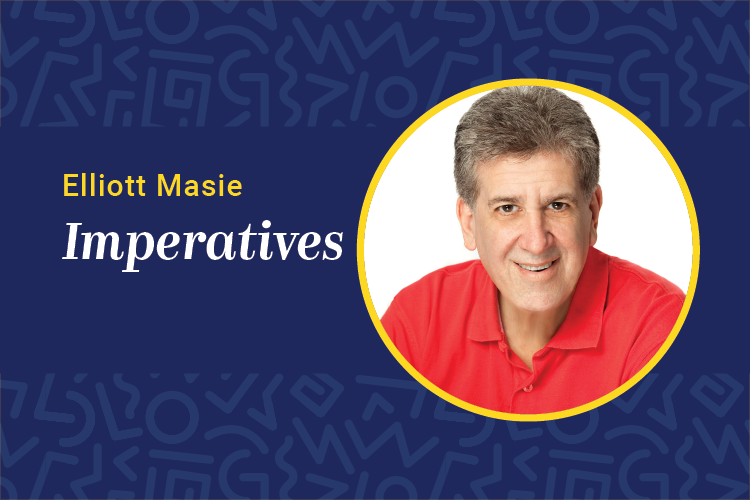When I consider deploying a potential learning activity, I always think about its intensity. You should always ask yourself how intense an activity will be for your learners and consider these intensity dimensions:
• Interaction: Will the learner watch or read the content and then have to interact, either with structured questions or in a classroom engagement?
• Content struggle: How difficult is the content for the learner? Is this a mild upgrade of current skills, or will the learner have to work intensely to master the new material and mental framework?
• Evaluation and assessment: How tough is the assessment for this program? What percentage of learners pass or fail the first time through?
• Transfer: Will learners be ready to actually implement the outcomes as soon as they return to the work setting?
• Learning brand: When learners complete this program, will they have a sense that they survived or mastered this activity the way some refer to a difficult statistical course or a high ropes, outward-bound leadership activity? Or will they see it as just another module or video segment they experienced?
As we design or select learning programs, these and other intensity dimensions are chosen; yet, the learning field rarely has an open, honest conversation about intensity and behavioral and instructional assumptions. Most course descriptions list content and a bit about methodology, but it is difficult for a learner or manager to sense the intensity without connecting with others who have witnessed the program.
As organizations are rapidly expanding learning experiences’ agility, mobility and compression, the norm seems to be less intensity. For example:
• Forty-one percent of organizations The Masie Center polled about webinars are planning to significantly increase the amount of webinar content delivered in the workplace. But most learners are minimally engaged in many webinars, often double- or triple-tasking while participating just a bit.
• Video content clips, also known as YouTube user knowledge, are growing in popularity. These are perceived as short and targeted performance support elements. Perhaps they are intense in their brevity, but usually they have no interaction or other intensity in the design.
• Leadership programs are seen as some of the most intense offerings because of elements such as 360-degree feedback, coaching and group exercises; yet many programs have increased the use of external academic lecturers, who often share overloaded PowerPoint presentations of their business stories with low learner engagement.
• E-learning for compliance and regulatory purposes continues to grow rapidly and, by design, aims for a 97 to 100 percent pass rate. This lowers the learning intensity and is often experienced by learners as something to check the compliance box rather than to shift performance.
• Massive open online courses, open content and knowledge segments like Khan Academy are rising in popularity, moving more of the design and interactivity structuring to the learner. These innovations are enticing and will continue to evolve, but many have high participation levels, moderate completion levels and often much lower intensity levels.
I am a fan of intensity in the learning process, at key phases. The teachers and courses I remember most that have truly shifted my skills and competencies were quite intense. As a teacher in face-to-face classrooms or online sessions, I design around intensity and look for ways to create learning activities, stories and moments that are more intense.
In the learning field, we do not have a language or taxonomy to describe or compare intensity. Are orientations that are more intense for new hires more or less successful? When considering three different courses or programs about the same content, what language or ratings do we use to make selections? How much freedom — from total to none — do we offer our learners in selecting the intensity of a required program?
Learning intensity is a powerful arena for our field to focus on, with comparative research on outcomes and transfer, along with common terms to describe programs’ intensity. Clearly, our learners will have a wide continuum of intensity in their learning activities. As learning leaders, let’s add a design level and intentionality to intensity dimensions.
Elliott Masie is the chairman and CLO of The Masie Center’s Learning Consortium. He can be reached at editor@CLOmedia.com.















